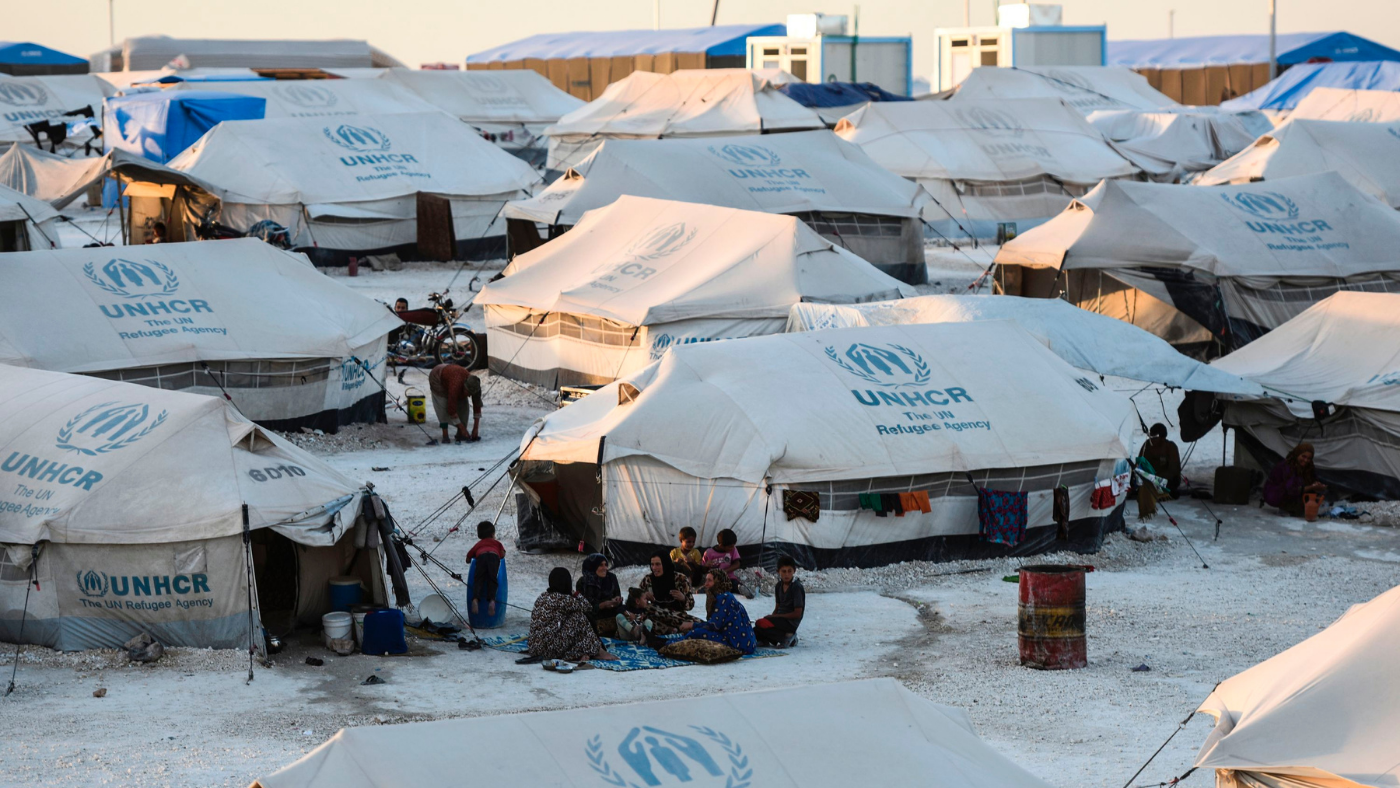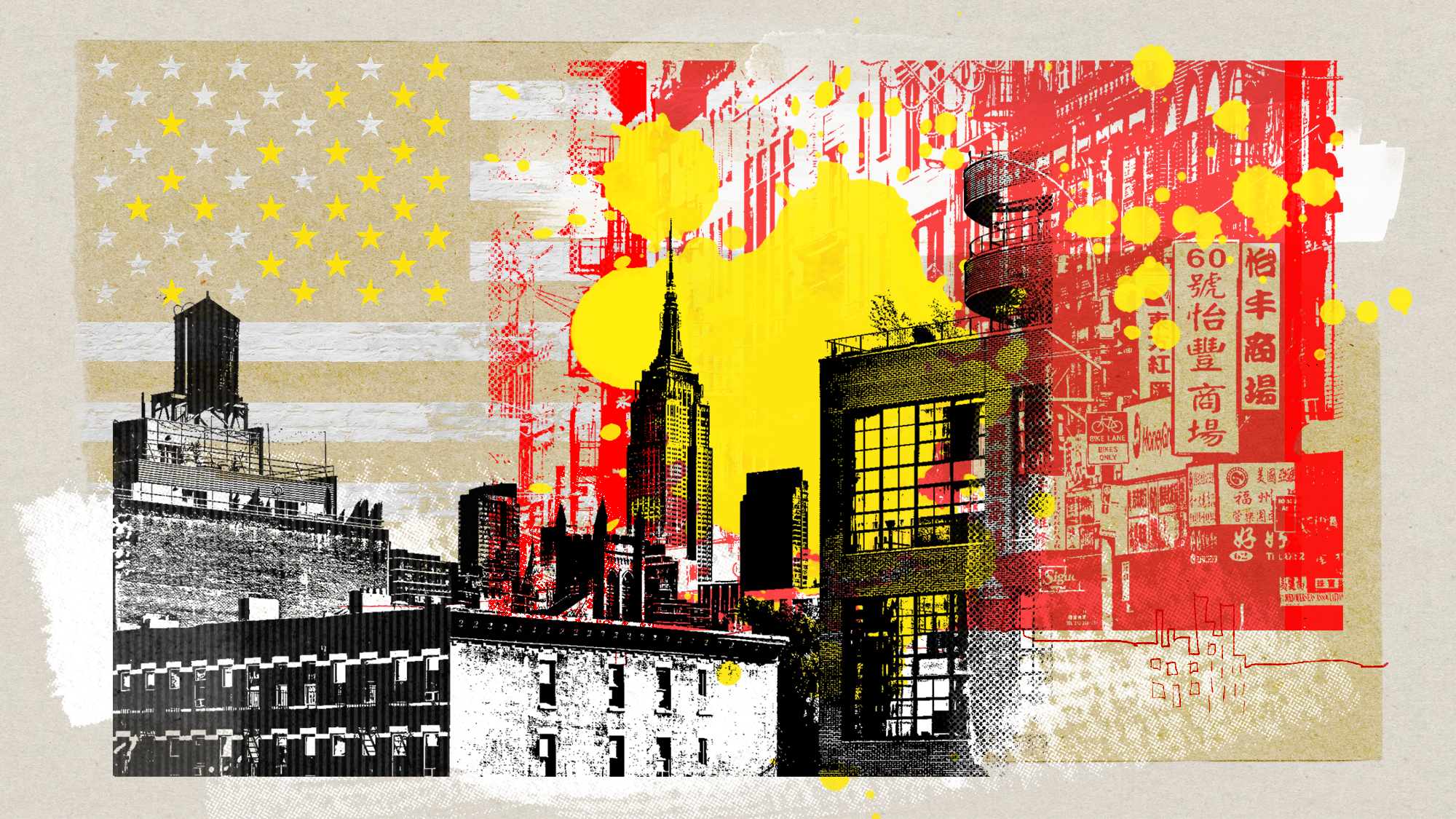Do international NGOs cause more problems than they solve?
Recent scandals have fuelled long-running debate about the roles played by non-governmental groups

The need for humanitarian aid is greater than ever as the Ukraine conflict threatens to add millions more people to a record global tally of 274m that the UN has predicted will require urgent help this year.
But while international non-governmental organisations (INGOs) may play a prominent role in trying to deliver that aid, critics have suggested that “broken” humanitarian systems risk doing more harm than good.
Paul Spiegel, a former senior official at the United Nations High Commissioner for Refugees (UNHCR), argued in a paper published in The Lancet journal in 2017 that the humanitarian system was “no longer fit for purpose”. Spiegel, now director of the Maryland-based Johns Hopkins Center for Humanitarian Health, told NPR that the “Band-Aid approach” made sense “for a simpler era, where conflicts and wars were shorter in nature and had an end”, but was “not functioning anymore”.
The Week
Escape your echo chamber. Get the facts behind the news, plus analysis from multiple perspectives.

Sign up for The Week's Free Newsletters
From our morning news briefing to a weekly Good News Newsletter, get the best of The Week delivered directly to your inbox.
From our morning news briefing to a weekly Good News Newsletter, get the best of The Week delivered directly to your inbox.
Historic problems
Concerns about cultural sensitivity and respect for local communities have long been raised about international humanitarian efforts. A 2018 study by researchers from the universities of Reading and Portsmouth found that ensuring INGO workers spoke the language of aid recipients was generally “a low priority in development”.
In an article on The Conversation, the researchers warned that communication problems could result in local people becoming “confused about the objectives of aid projects”, and threatened “the trust that communities have in NGOs”.
Other critics have argued that humanitarians risk inadvertently extending conflicts in the communities they seek to help. By bringing essential resources to war-torn or disaster-hit communities, NGOs may relieve rival faction of many of the burdens of waging war, and even provide an incentive to continue conflicts.
In an article published in The New Yorker in 2010 under the headline “Alms dealers”, Philip Gourevitch summed up the logic of the humanitarian era as “sowing horror to reap aid, and reaping aid to sow horror”.
A free daily email with the biggest news stories of the day – and the best features from TheWeek.com
Consider, Gourevitch wrote, “how, in the early Eighties, aid fortified fugitive Khmer Rouge killers in the camps on the Thai Cambodian border, enabling them to visit another ten years of war, terror and misery upon Cambodians; and how, in the mid-Nineties, fugitive Rwandan genocidaires were succoured in the same way by international humanitarians in border camps in eastern Congo”.
Mission drift and brain drain
Other problems can arise when a well-intentioned INGO arrives in a community to fulfil a temporary mission, but ends up staying for a long period.
INGOs may recruit local workers, which can contribute to an “internal brain drain” of the “community’s best thinkers and hardest workers”, wrote Gina Yannitell Reinhardt, a professor of government at the University of Essex, in an article on The Conversation.
As aid workers become embedded in a situation, the original aims of the group may also be forgotten, sometimes referred to as “mission drift”. The resulting humanitarian projects may lessen the incentive for ruling regimes to facilitate and fund long-term recovery efforts.
Some INGOs become tied to governments by way of funding arrangements and contracts for service. But problems may also arise when INGOs don’t work closely enough with governments, with lack of communication and cooperation resulting in inefficient use of resources.
Afghanistan relied heavily on the funding and aid of international actors for 20 years until the Taliban’s takeover in August last year. Before the Taliban seized control of the war-torn country. foreign aid covered 75% of the state budget and was used to build hospitals, schools and large infrastructure projects, such as dams and roads.
But that aid has dried up, leaving more than half of the population in acute humanitarian need following a devastating drought and extreme winter temperatures.
‘Poverty porn’
Efforts to raise funds have also been criticised for peddling “poverty porn”, “a tactic” used by NGOs and charities “to gain empathy and contributions from donors by showing exploitative imagery of people living in destitute conditions”, said CNN.
The 1985 Live Aid concert organised by Bob Geldof to raise funds for starving people in Ethiopia “was a marketing exercise that distilled the African continent’s complex history into a logo”, according to The Atlantic.
“Starving three-year-old” Birhan Woldu “became the face of Live Aid”, said The Guardian. Speaking to the newspaper 20 years later, Woldu said she had been “branded” as the event’s “symbol” but that her own life remained “miserable”.
Former aid worker Michael Maren echoed these concerns in his 1997 book, The Road To Hell. The “one practical thing” that some aid workers were taught in training was “how to pose children for photographs to go into brochures and ads”.
Labour MP David Lammy has also criticised the “tired and unhelpful stereotypes” perpetuated by such images. “The world does not need any more white saviours,” he tweeted in 2019, amid what The Mirror described as a “race row” triggered by a Comic Relief documentary.
High-profile scandals
A series of scandals have also hit the reputations of some aid organisations and peacekeeping efforts in recent years.
Aid workers rushed to provide emergency aid in Haiti after the Caribbean country was hit by a major earthquake in 2010. But eight years later, it emerged that some Oxfam workers had sexually exploited survivors.
Amid allegations that the charity had tried to cover up the abuse claims, high-profile ambassadors including Desmond Tutu withdrew their support from Oxfam, and funding plummeted.
The UN has also been at the centre of some highly-publicised sexual abuse scandals. Then secretary general Ban Ki-moon said in 2015 that sexual exploitation by UN peacekeepers was ���a cancer in our system”.
What can be done
Many people working in or closely with the international humanitarian aid sector have insisted that while change is needed, the work that INGOs do is essential and often life-saving.
In an article for The Guardian in 2015 ,Richie Alford of the charity Send A Cow wrote that “I can’t deny, after hearing some of the arguments against aid, there have been moments when I have considered whether I should change my career and if the charity I work or should close down”.
However, he argued that “in this imperfect world”, what was needed was to ensure “aid is as effective as possible”. Doing so requires “a targeted and grass-roots approach to empower people” in local communities.
This approach is now being followed by an increasing number of INGOs, including Oxfam, which had a major strategy rethink in the wake of the Haiti scandal. According to the charity, the focus has shifted to ensuring that communities receiving aid are the central actors in their own survival and recovery.
The Overview
Julia O'Driscoll is the engagement editor. She covers UK and world news, as well as writing lifestyle and travel features. She regularly appears on “The Week Unwrapped” podcast, and hosted The Week's short-form documentary podcast, “The Overview”. Julia was previously the content and social media editor at sustainability consultancy Eco-Age, where she interviewed prominent voices in sustainable fashion and climate movements. She has a master's in liberal arts from Bristol University, and spent a year studying at Charles University in Prague.
-
 Femicide: Italy’s newest crime
Femicide: Italy’s newest crimeThe Explainer Landmark law to criminalise murder of a woman as an ‘act of hatred’ or ‘subjugation’ but critics say Italy is still deeply patriarchal
-
 Brazil’s Bolsonaro behind bars after appeals run out
Brazil’s Bolsonaro behind bars after appeals run outSpeed Read He will serve 27 years in prison
-
 Americans traveling abroad face renewed criticism in the Trump era
Americans traveling abroad face renewed criticism in the Trump eraThe Explainer Some of Trump’s behavior has Americans being questioned
-
 Nigeria confused by Trump invasion threat
Nigeria confused by Trump invasion threatSpeed Read Trump has claimed the country is persecuting Christians
-
 Sanae Takaichi: Japan’s Iron Lady set to be the country’s first woman prime minister
Sanae Takaichi: Japan’s Iron Lady set to be the country’s first woman prime ministerIn the Spotlight Takaichi is a member of Japan’s conservative, nationalist Liberal Democratic Party
-
 Russia is ‘helping China’ prepare for an invasion of Taiwan
Russia is ‘helping China’ prepare for an invasion of TaiwanIn the Spotlight Russia is reportedly allowing China access to military training
-
 Interpol arrests hundreds in Africa-wide sextortion crackdown
Interpol arrests hundreds in Africa-wide sextortion crackdownIN THE SPOTLIGHT A series of stings disrupts major cybercrime operations as law enforcement estimates millions in losses from schemes designed to prey on lonely users
-
 China is silently expanding its influence in American cities
China is silently expanding its influence in American citiesUnder the Radar New York City and San Francisco, among others, have reportedly been targeted


